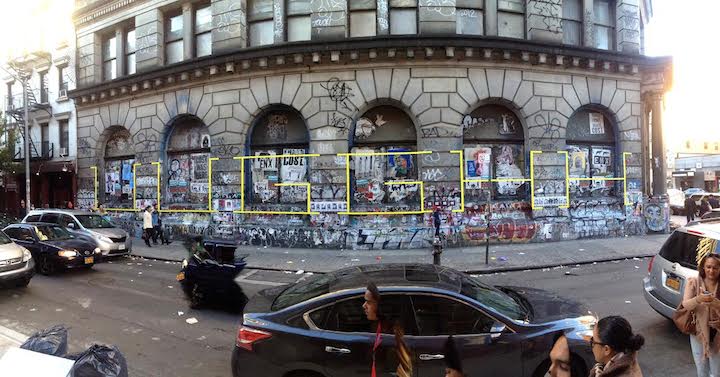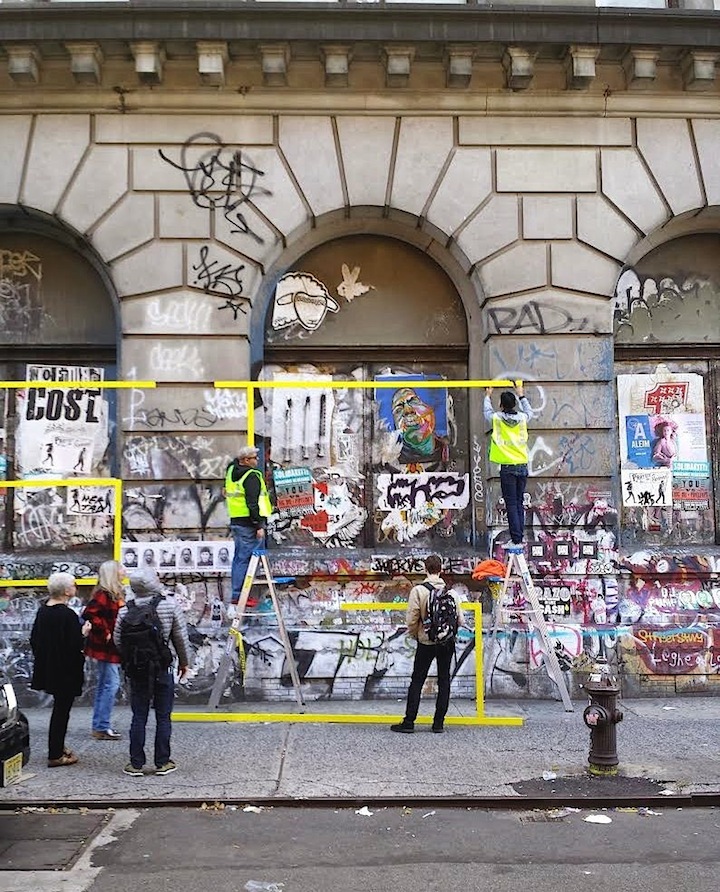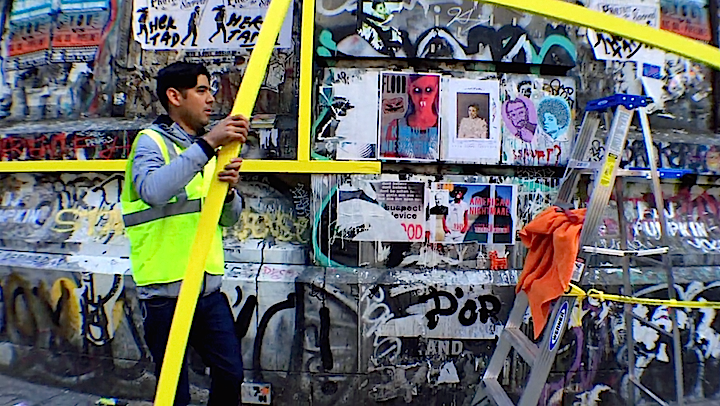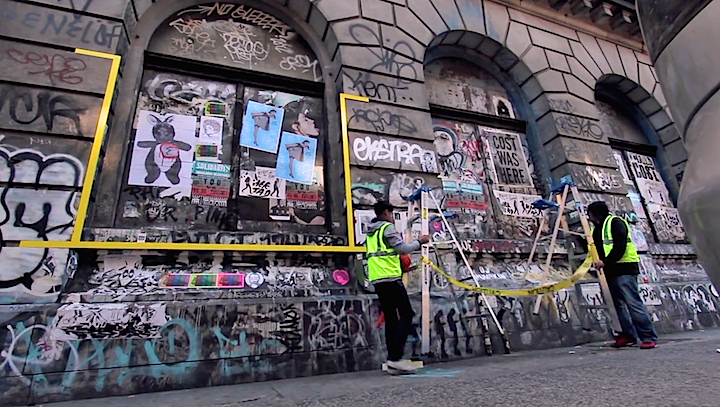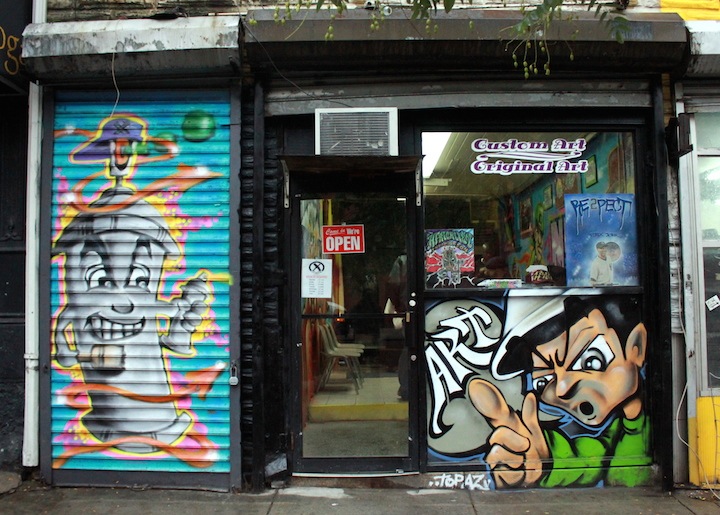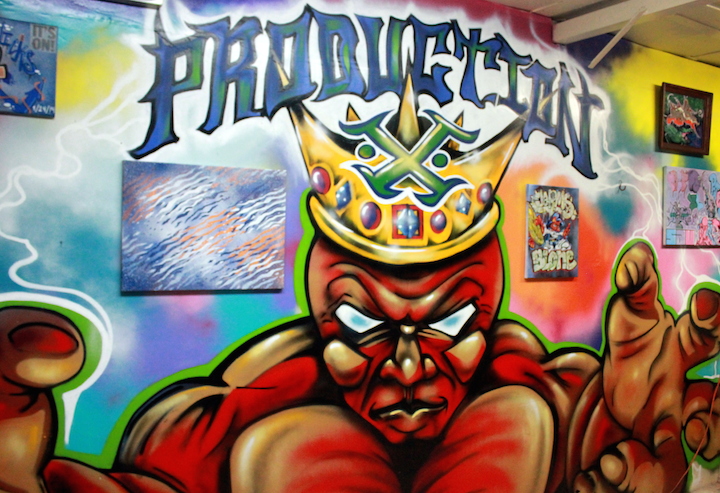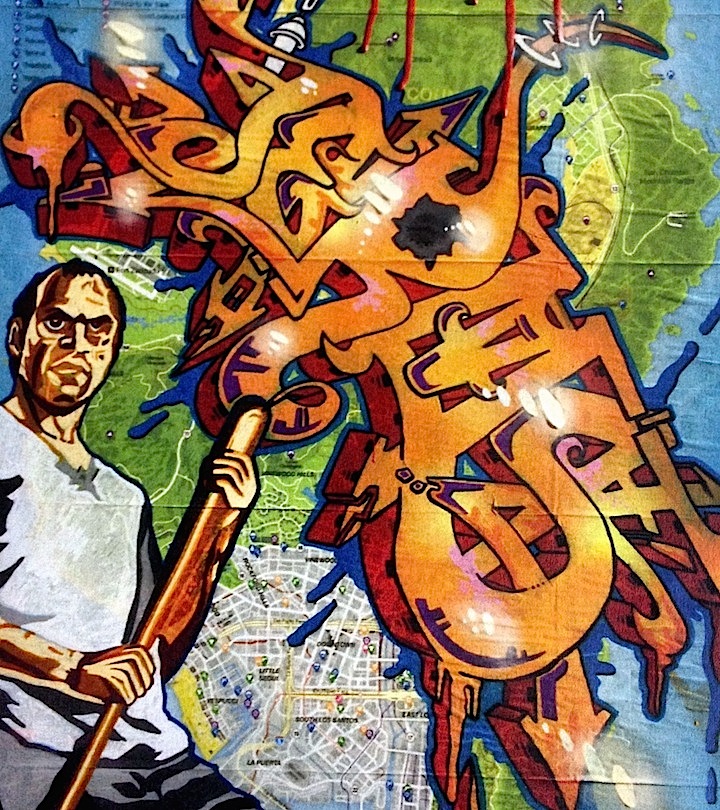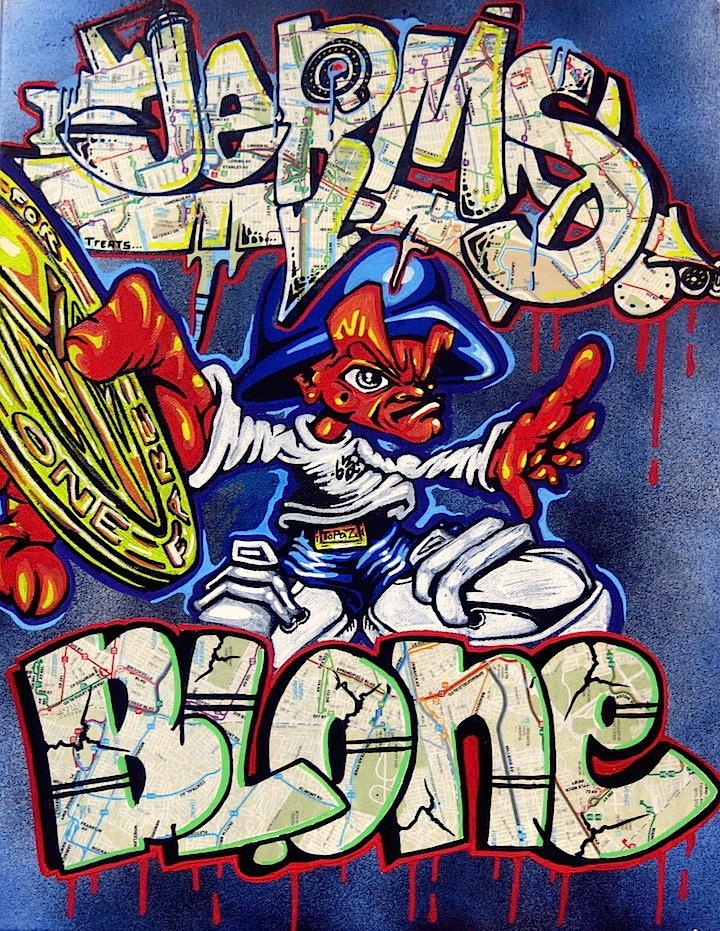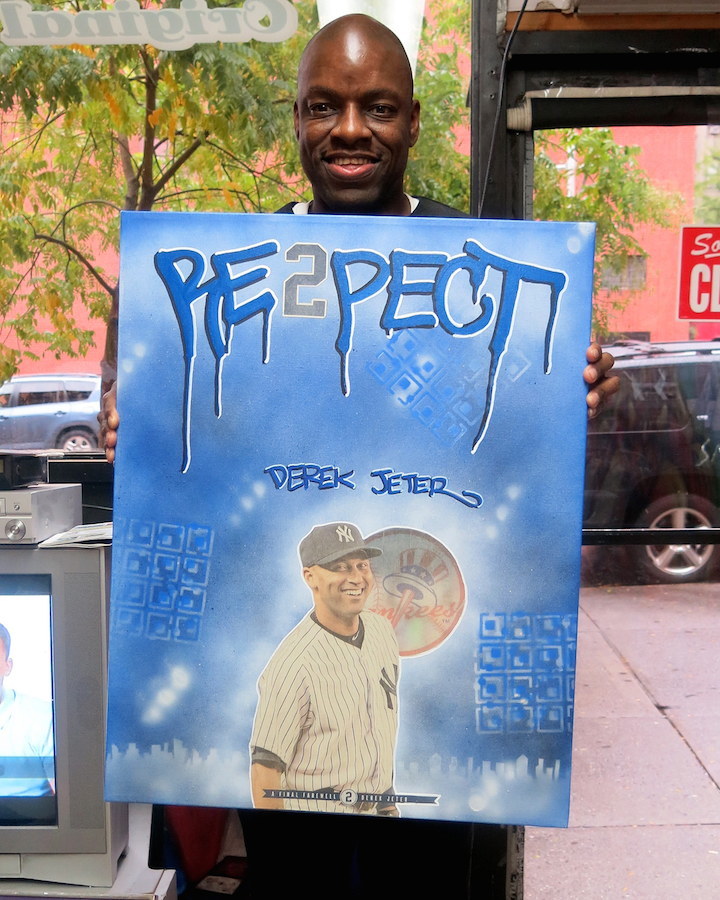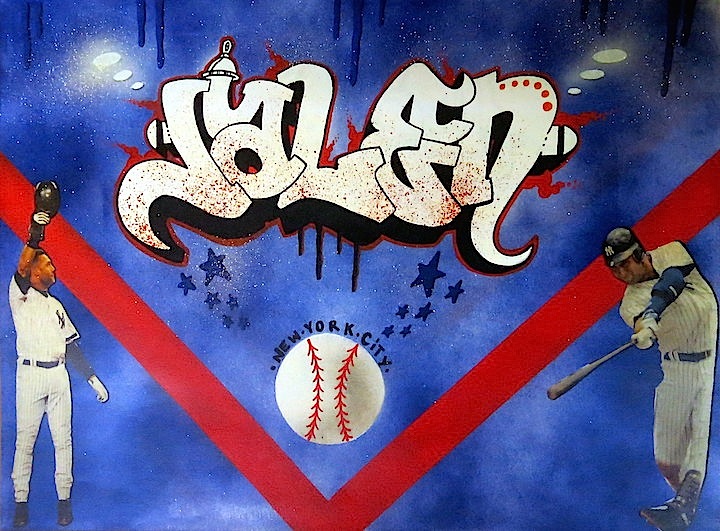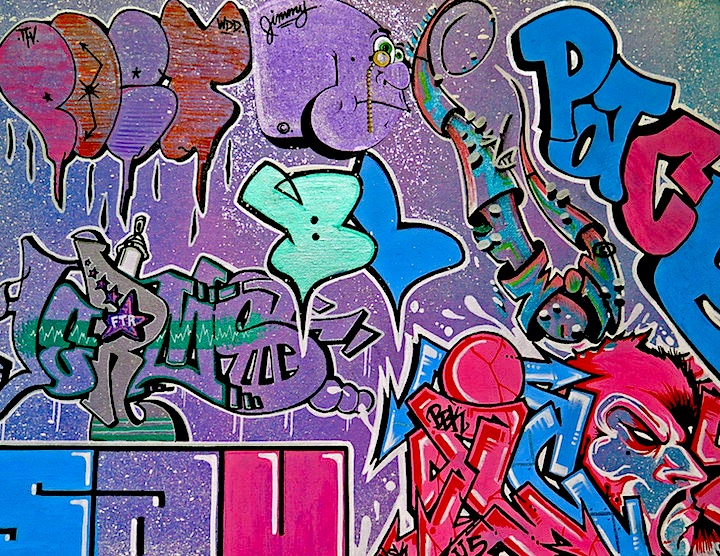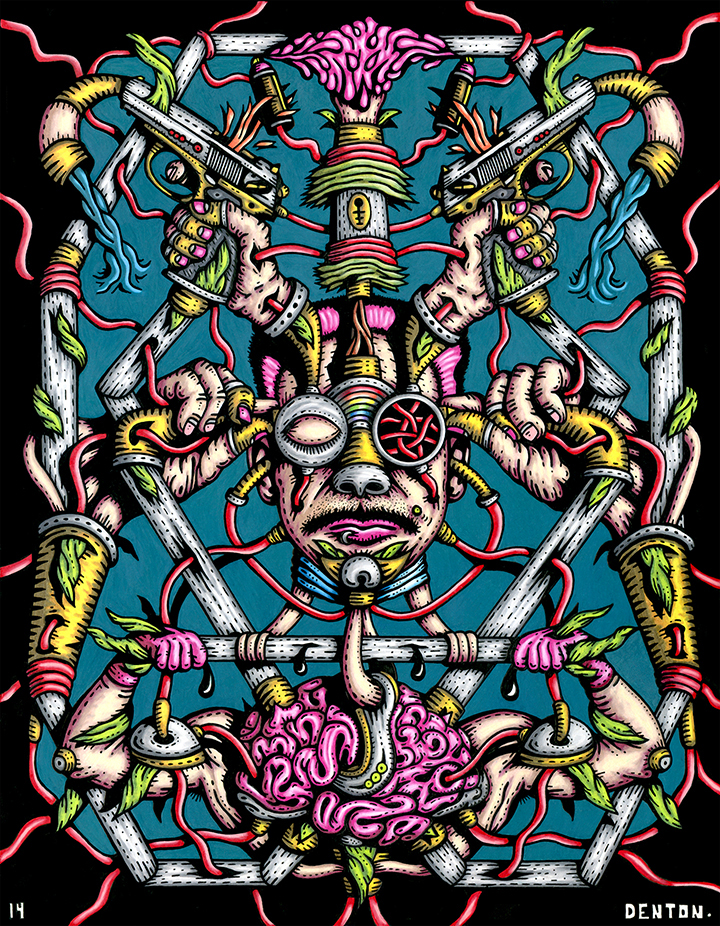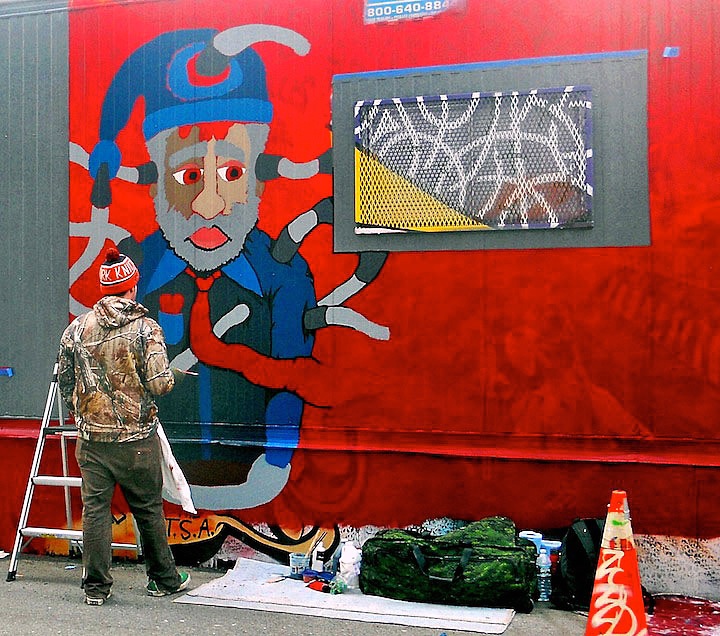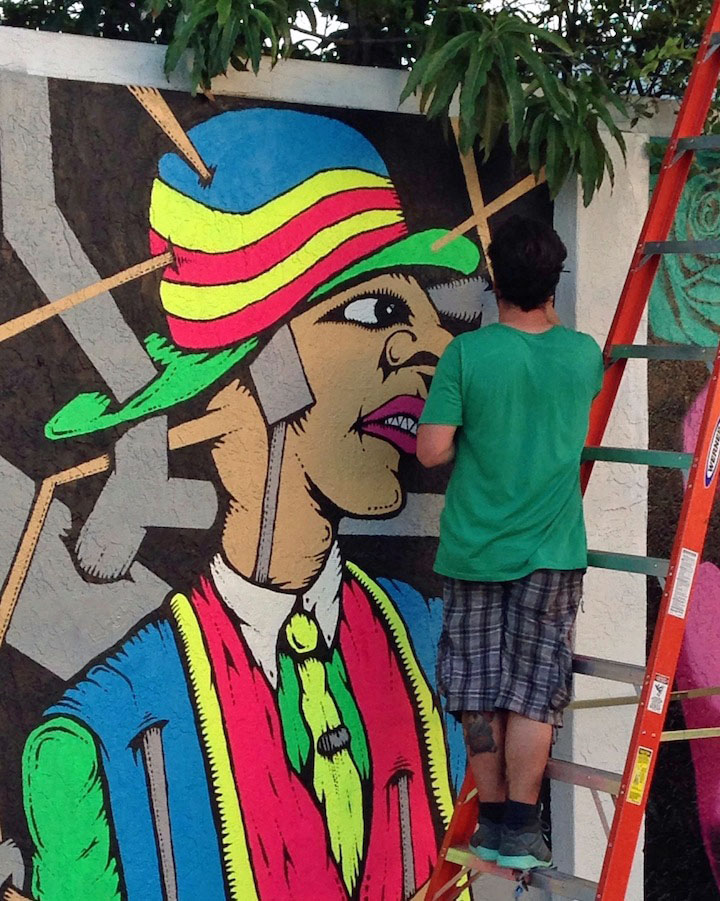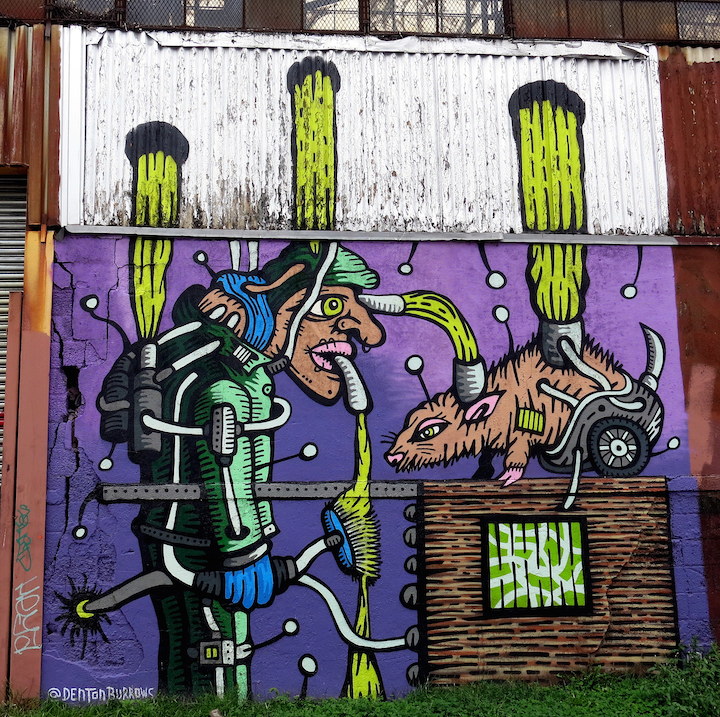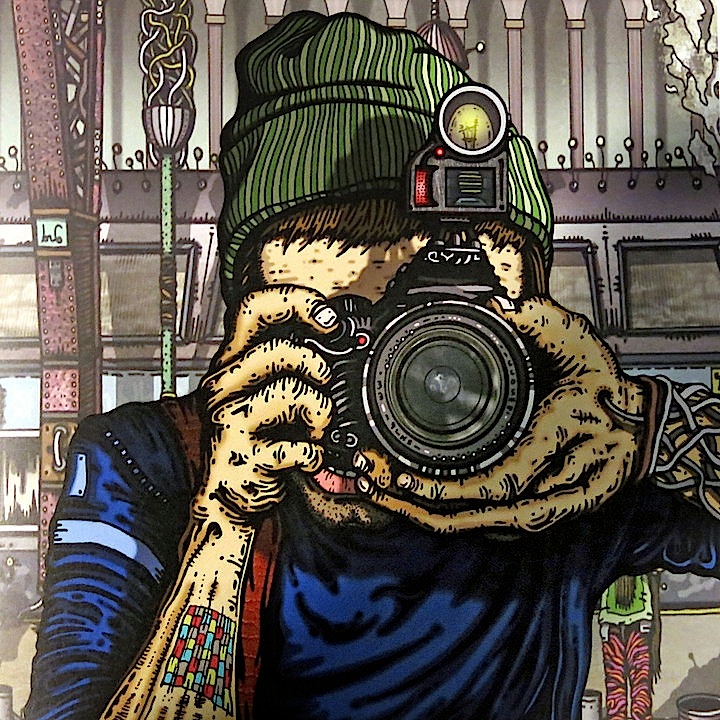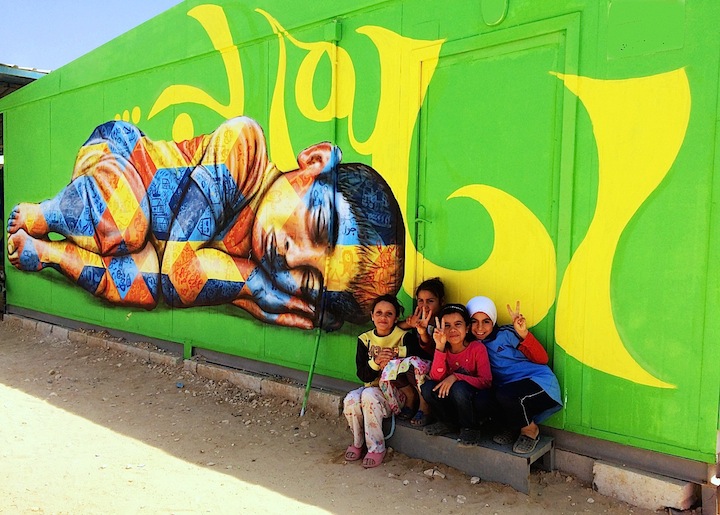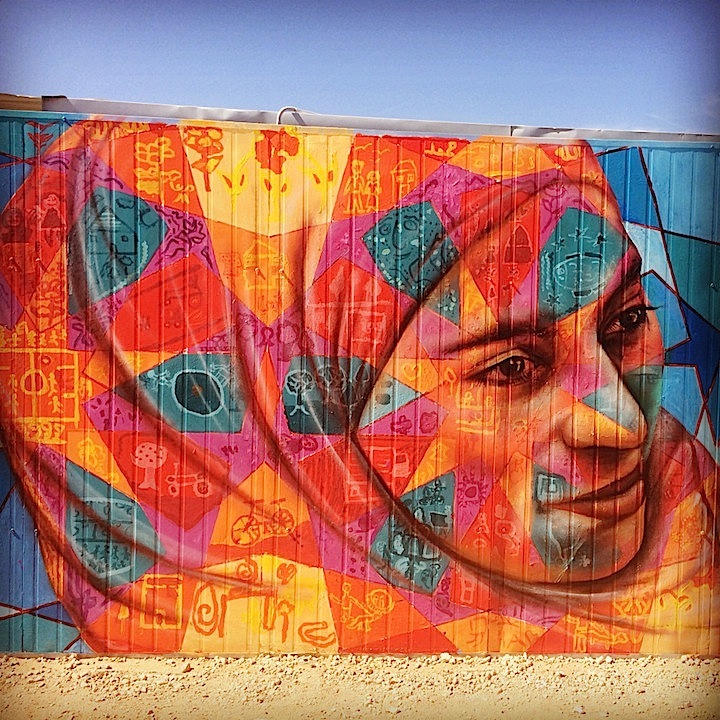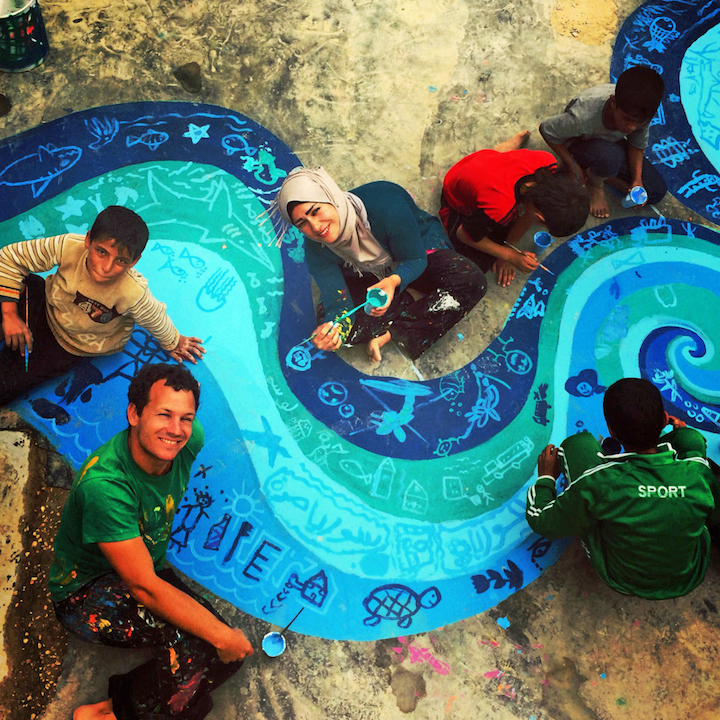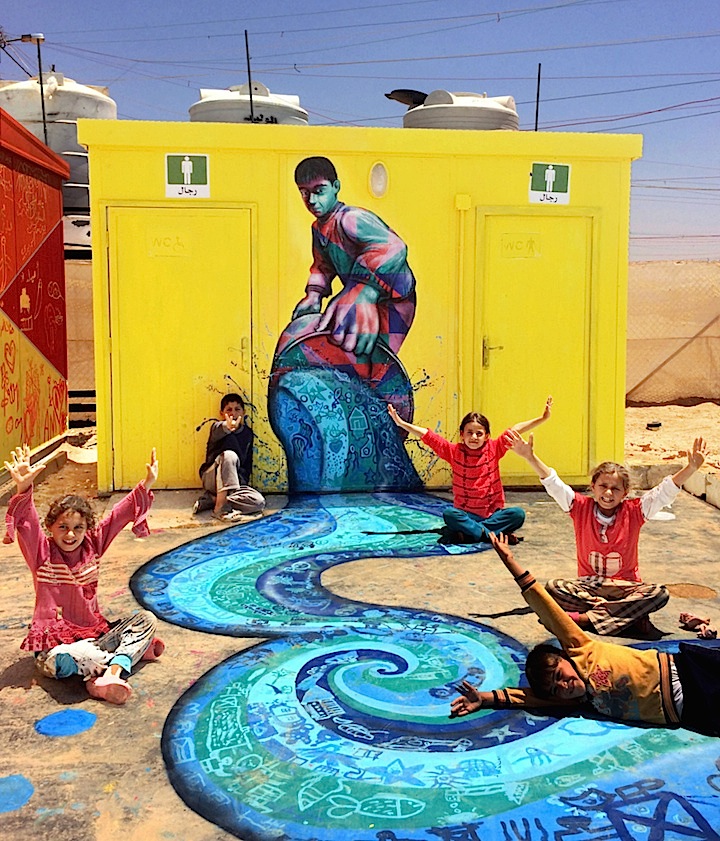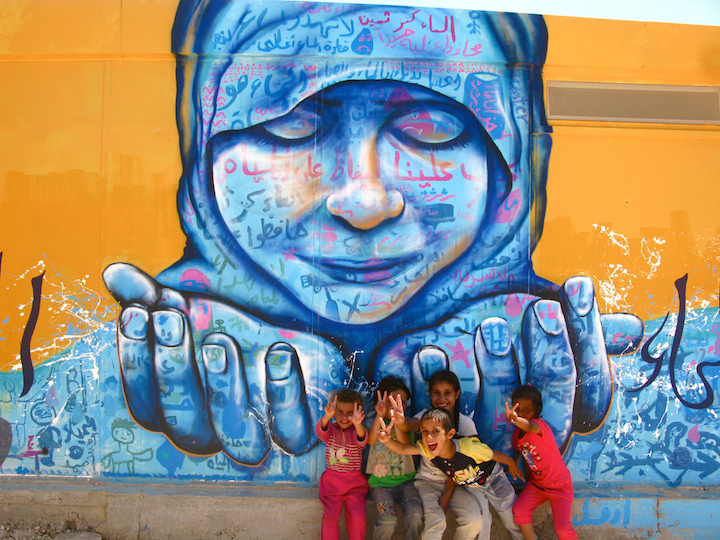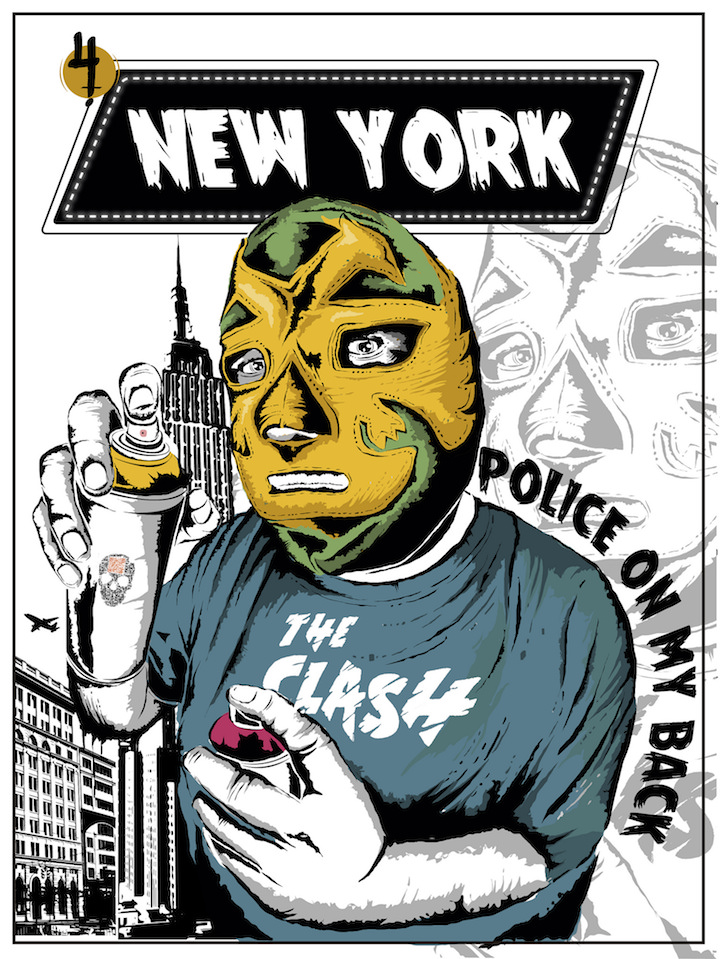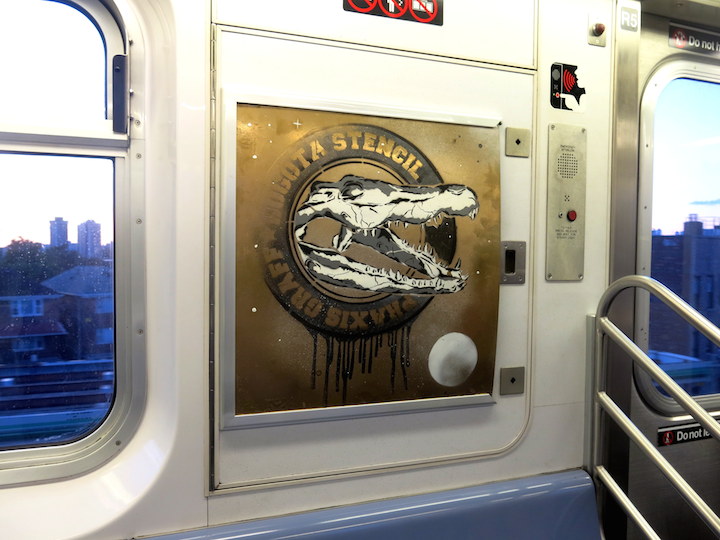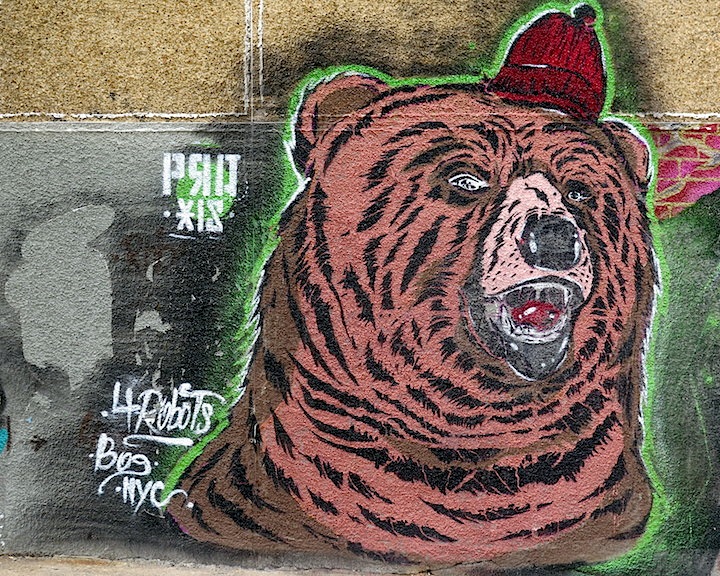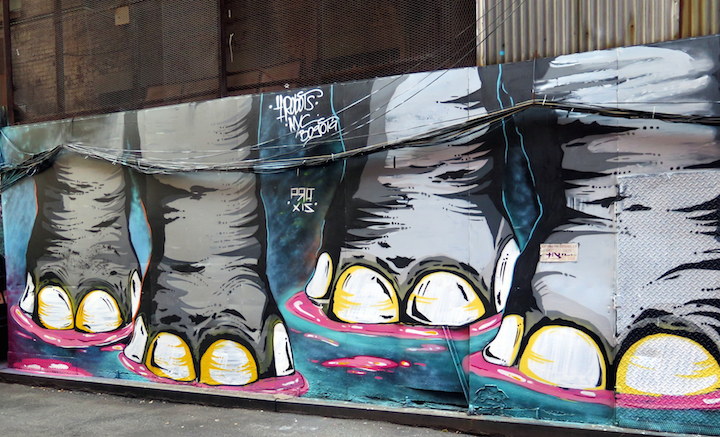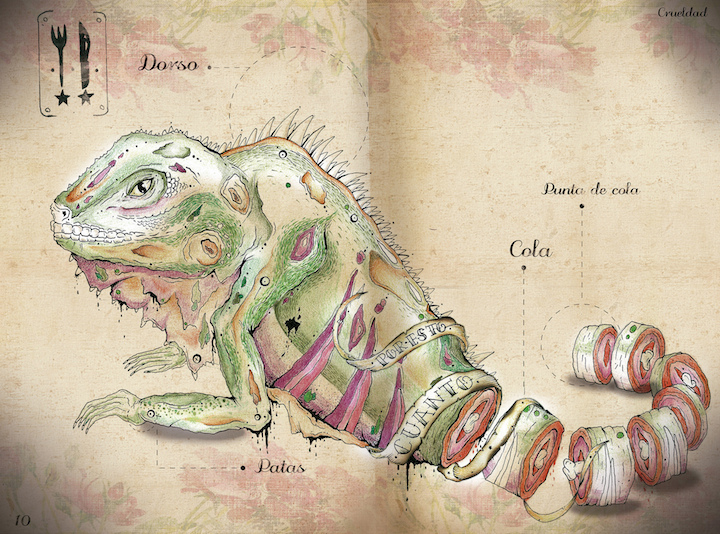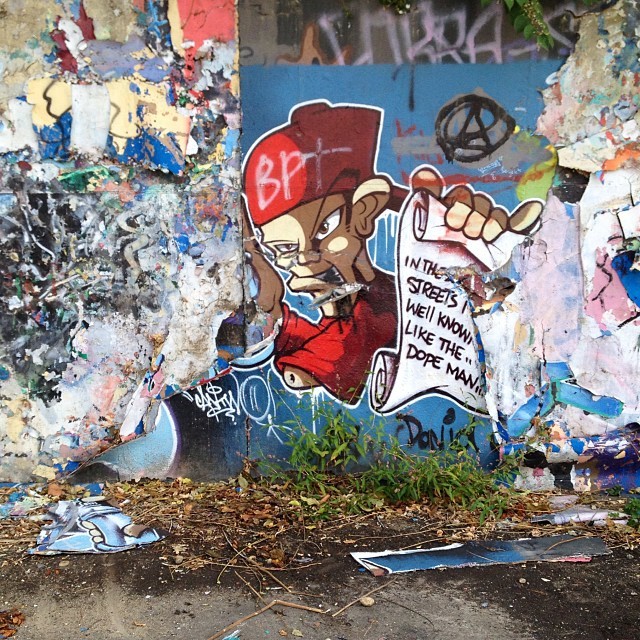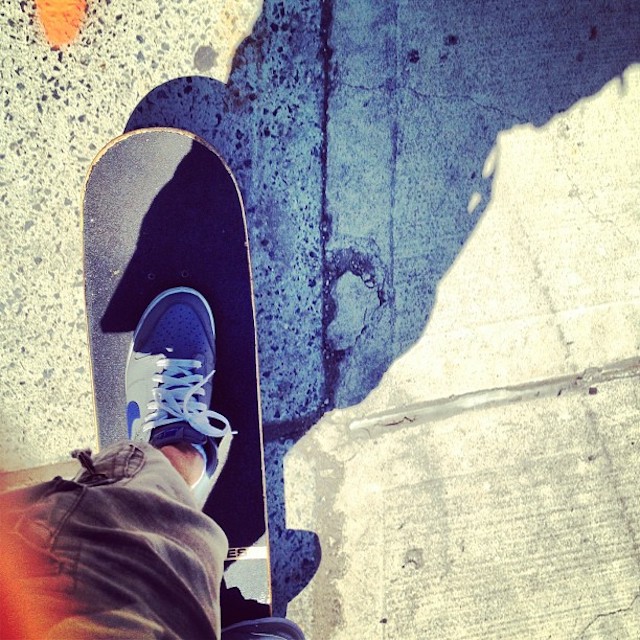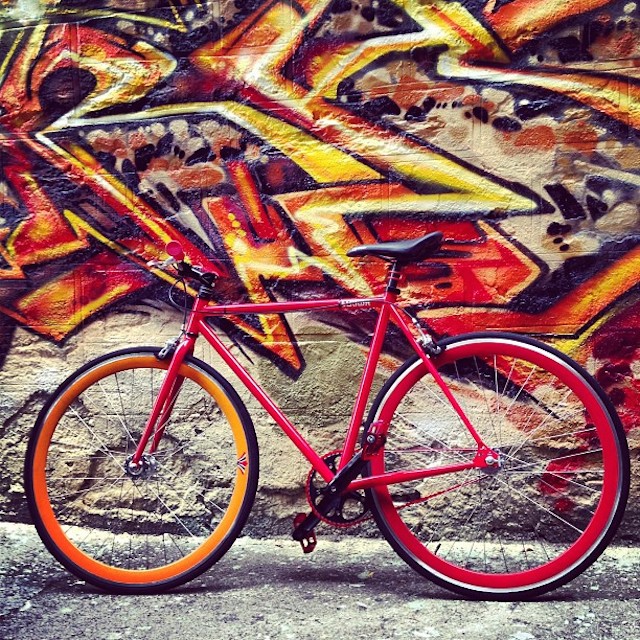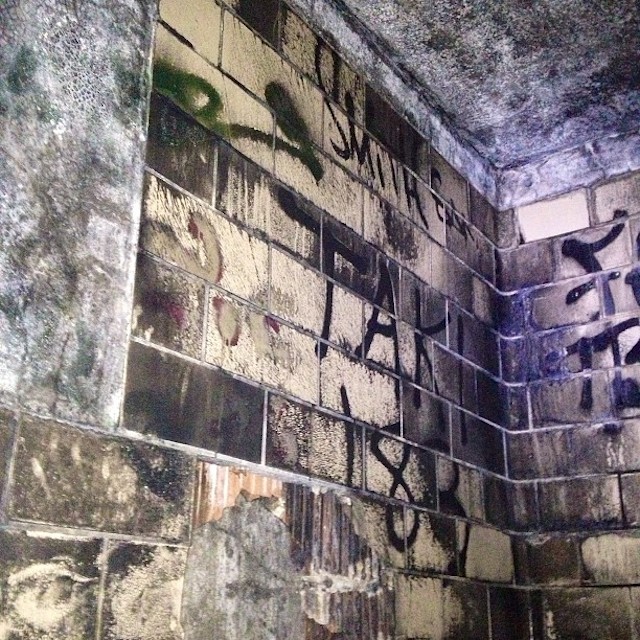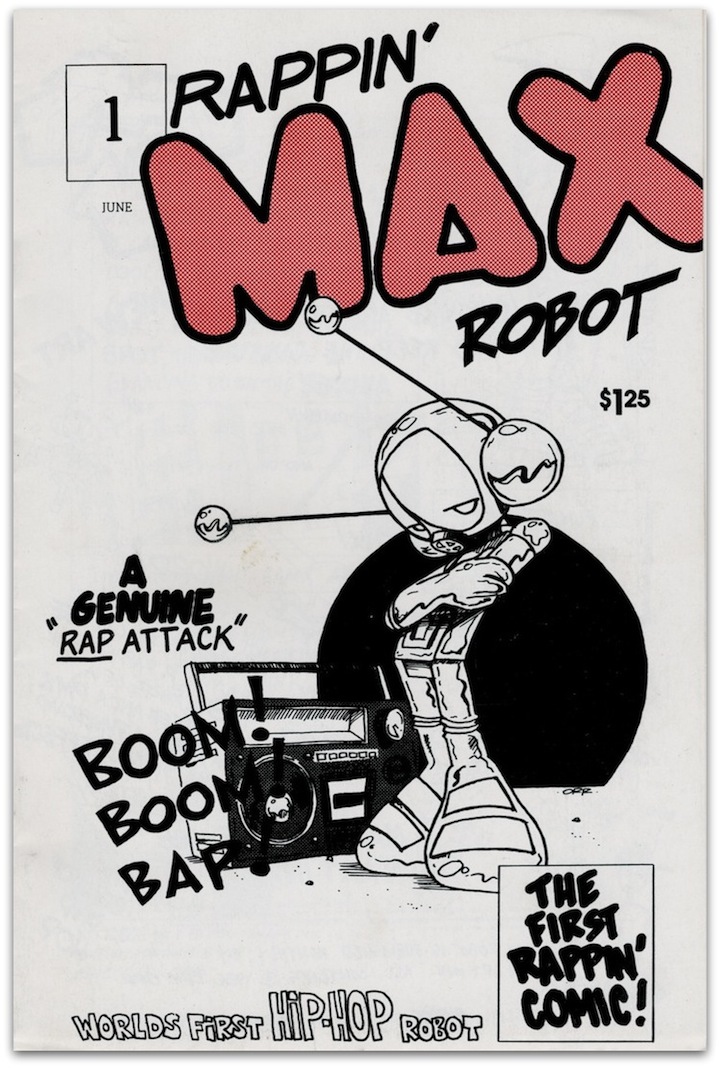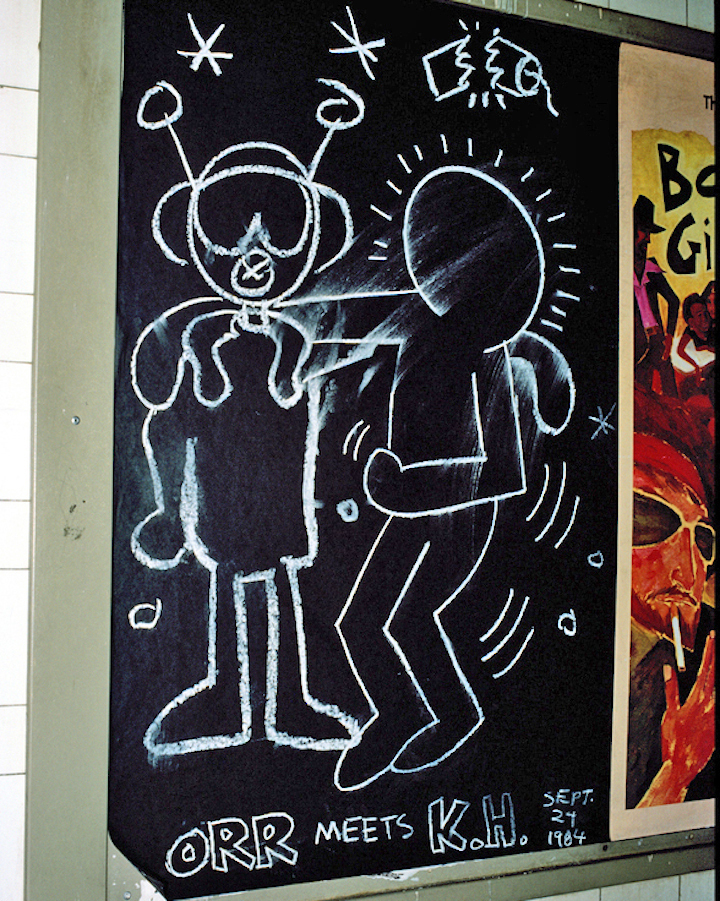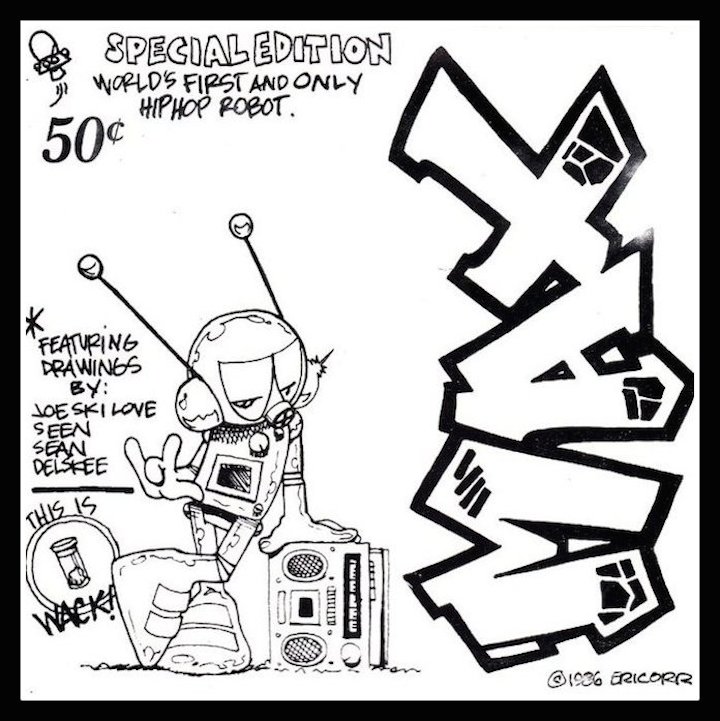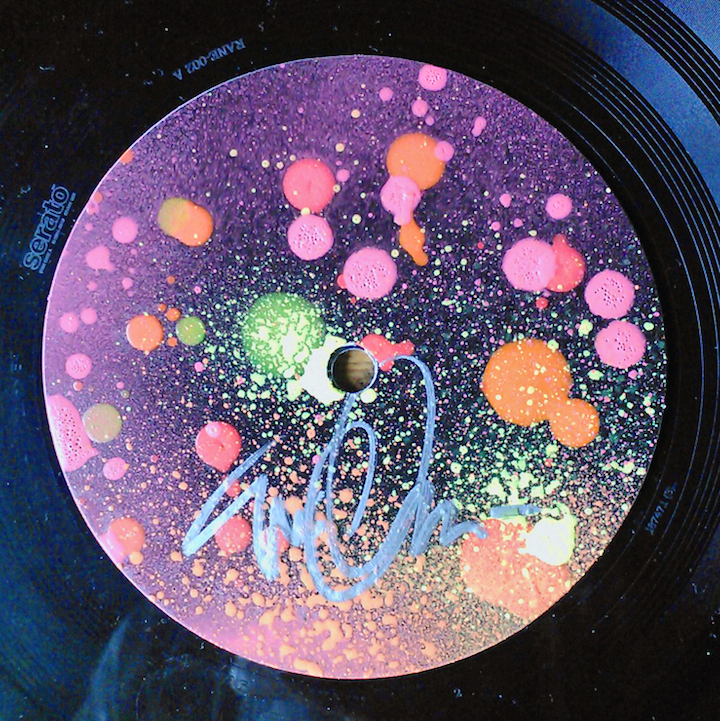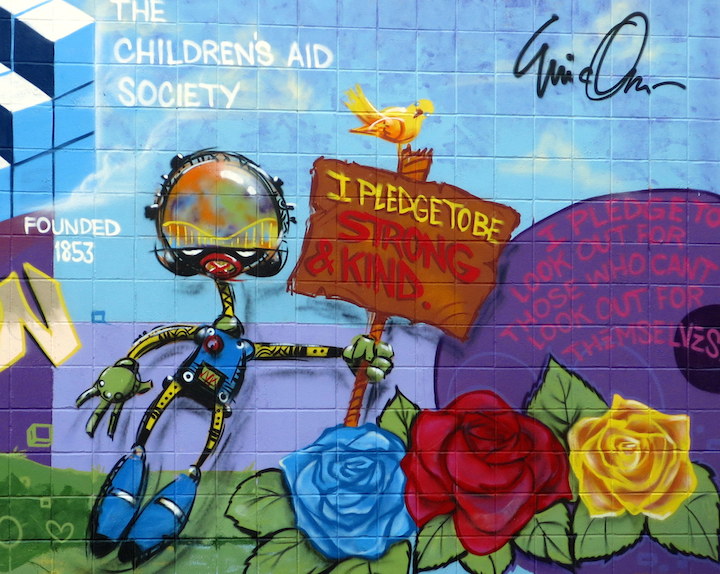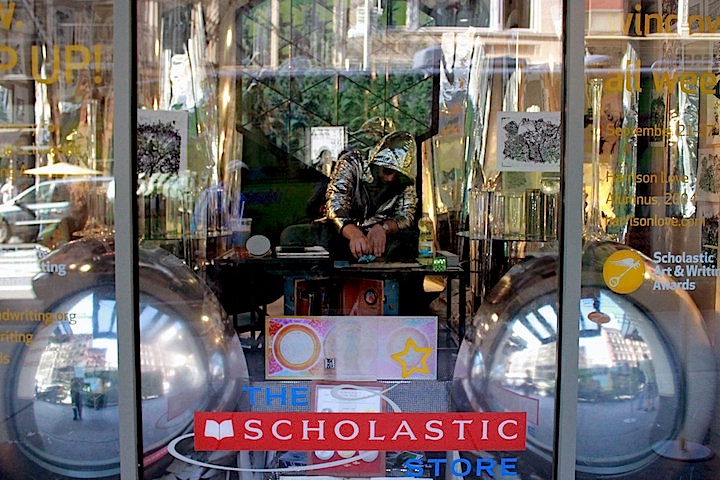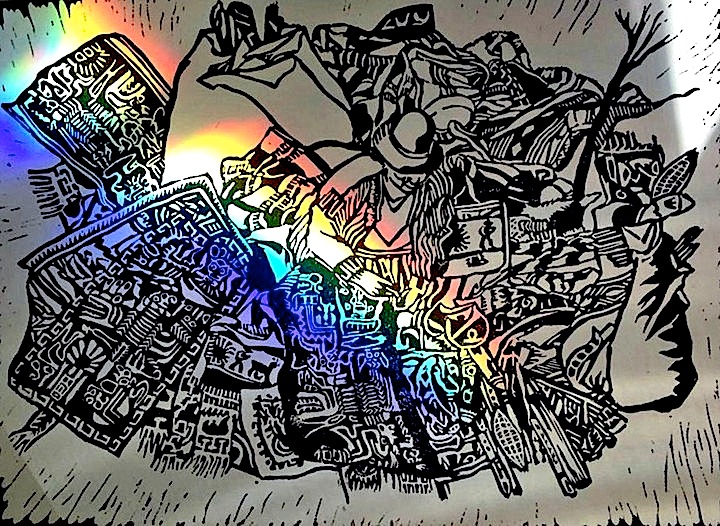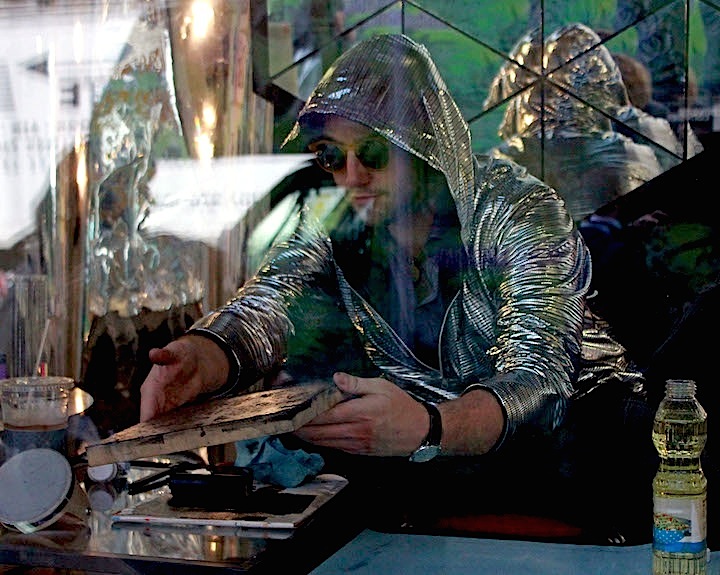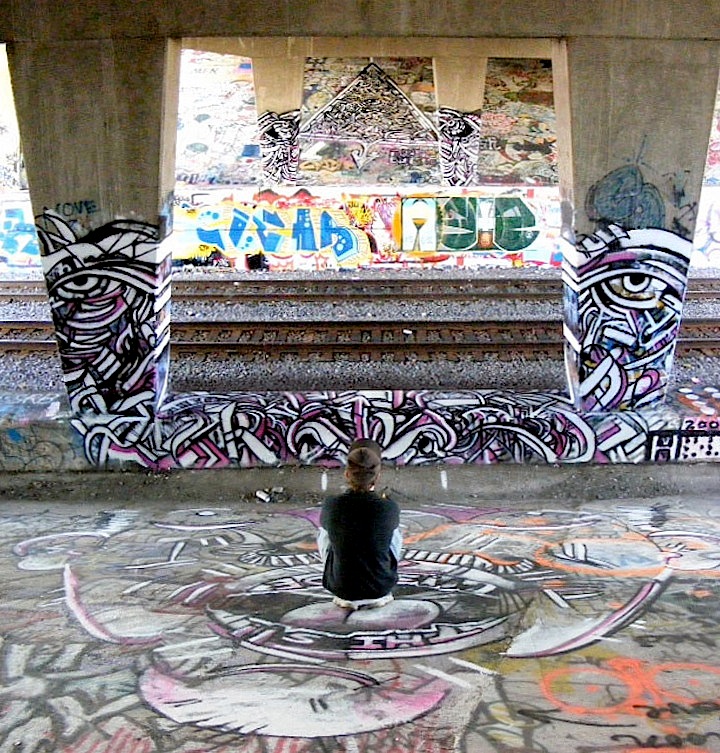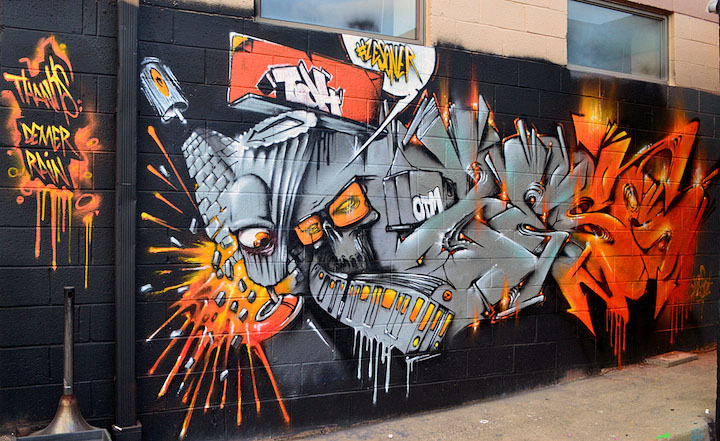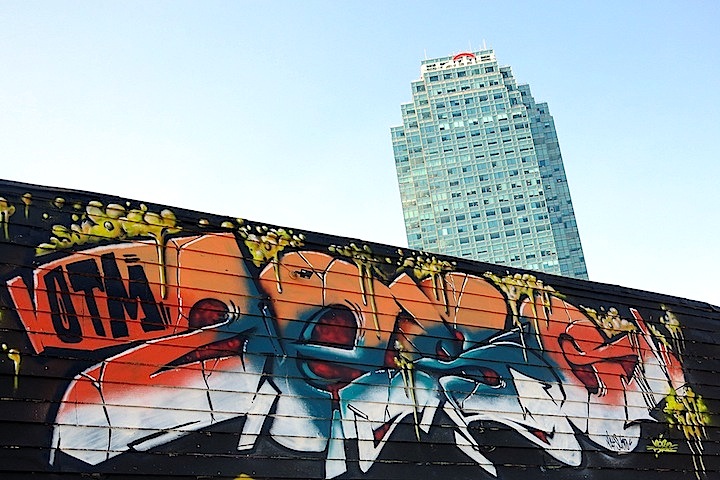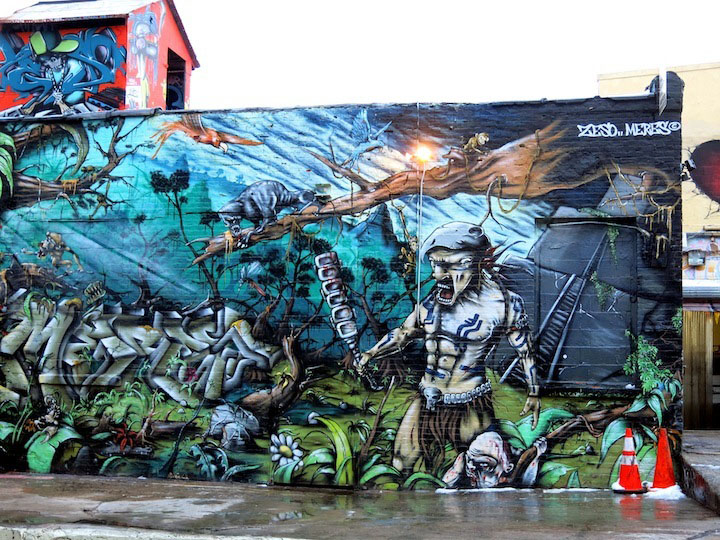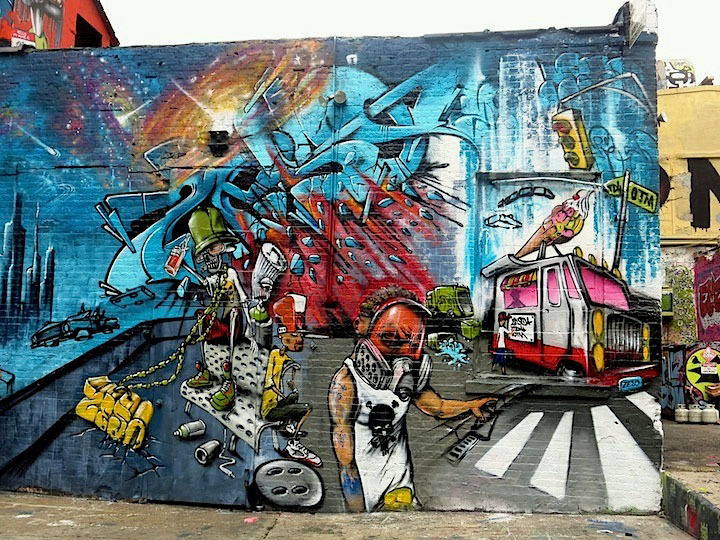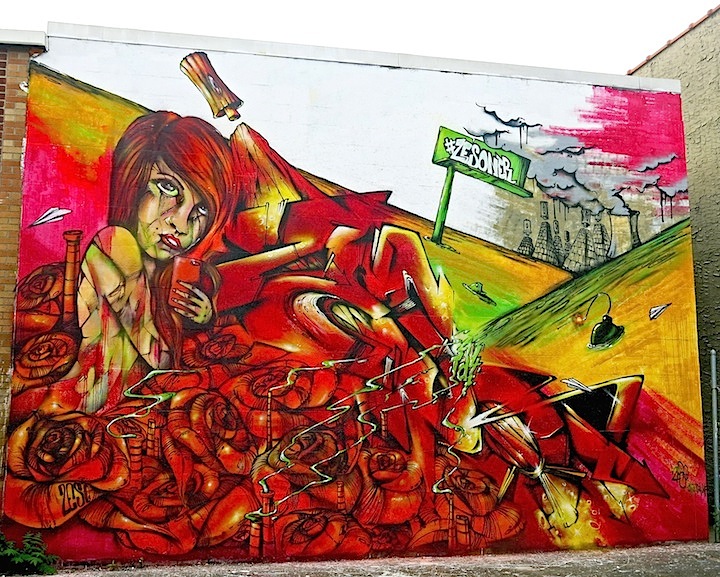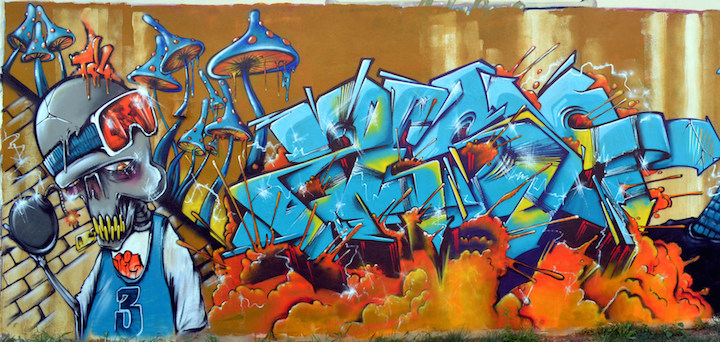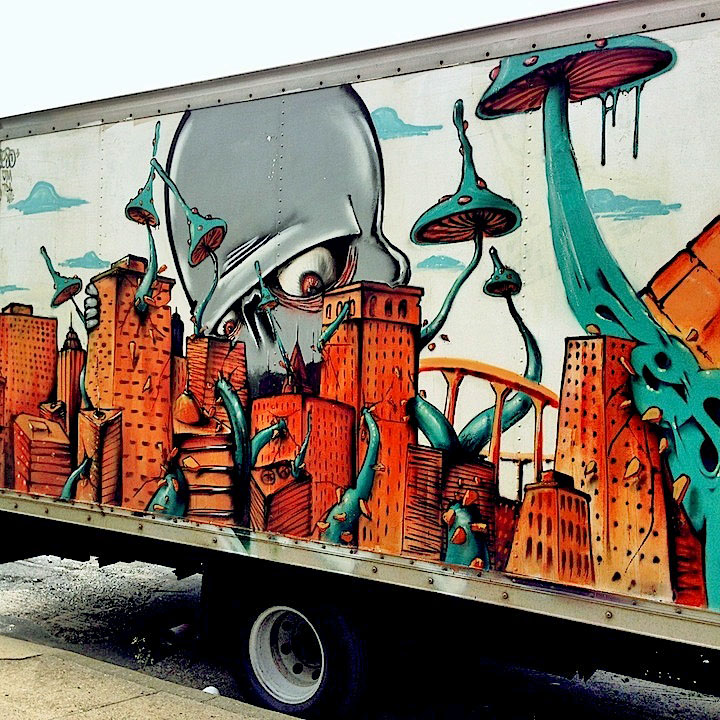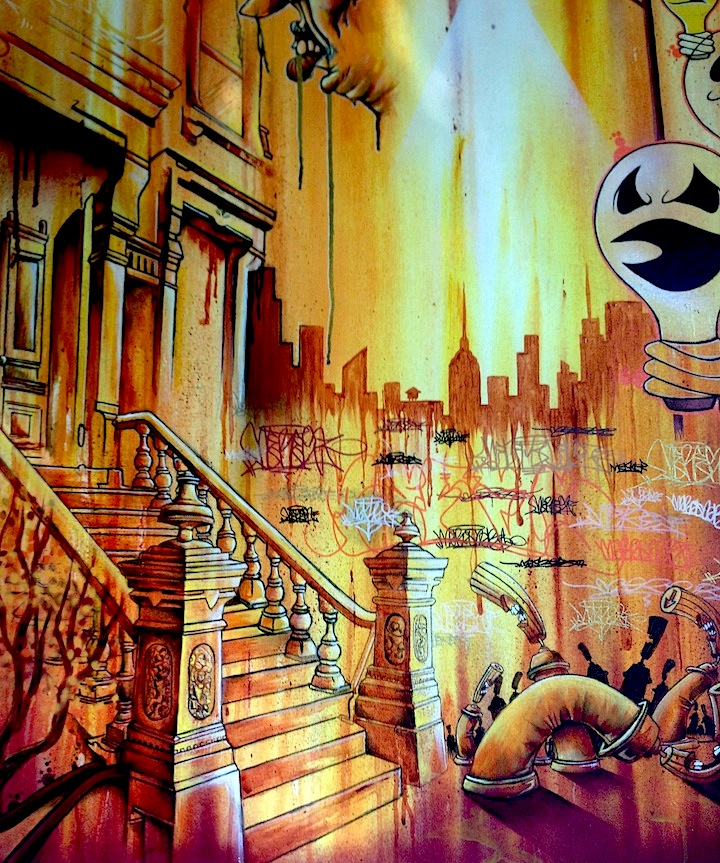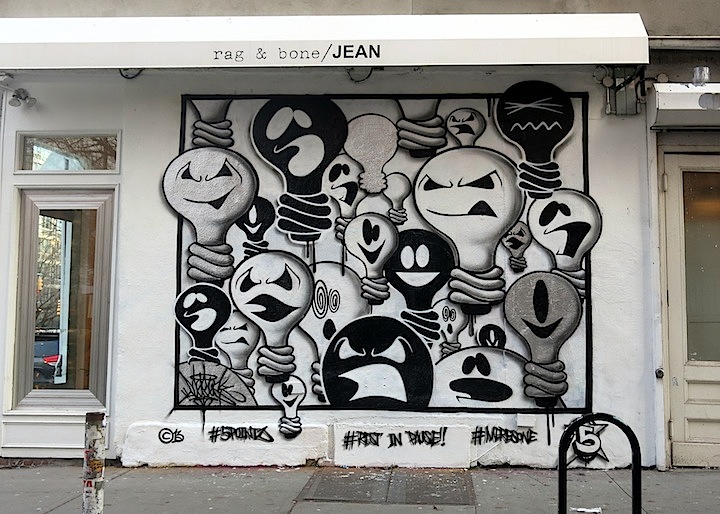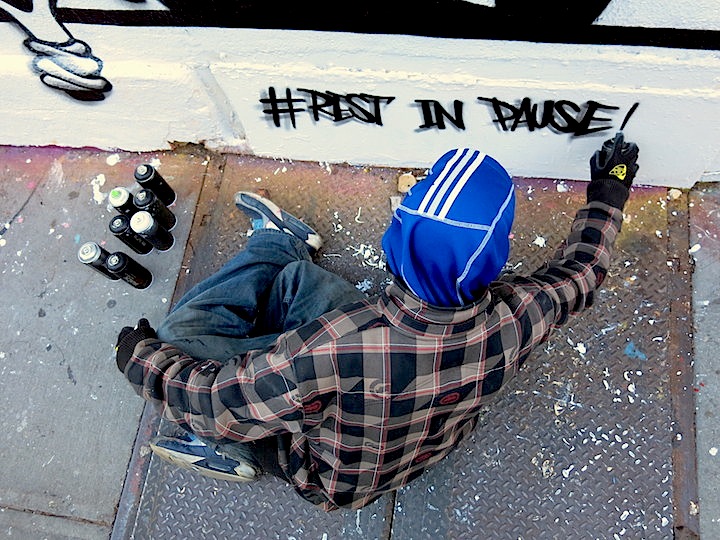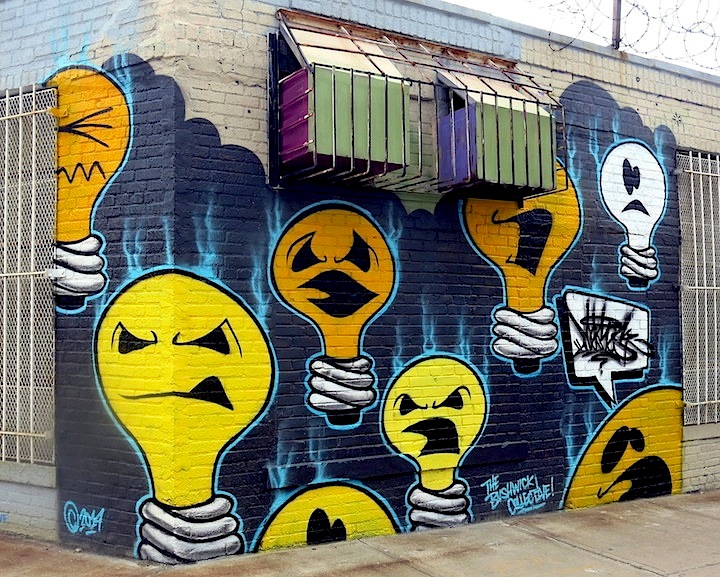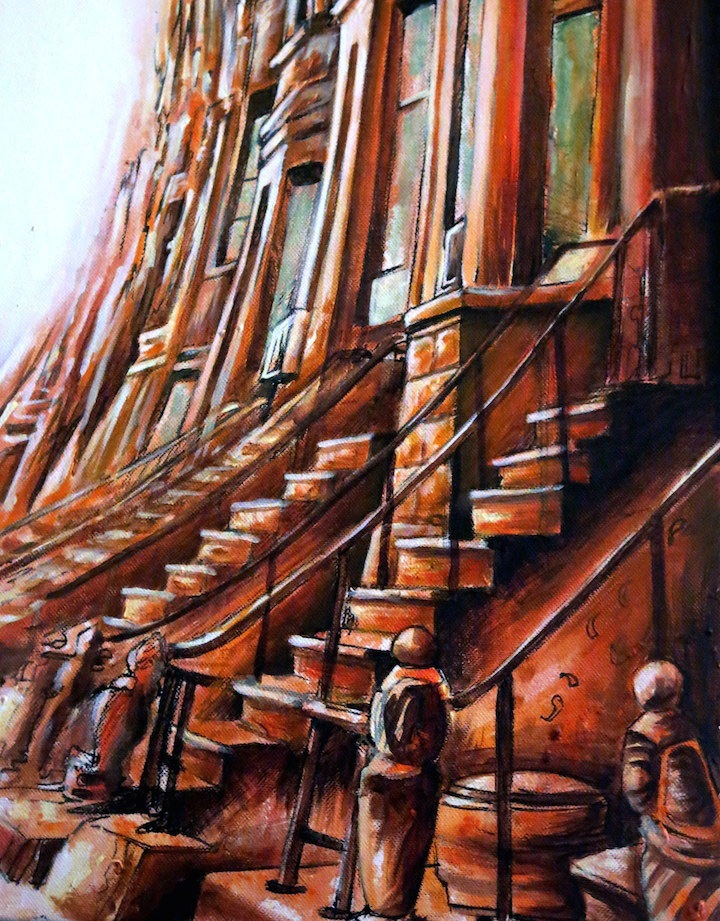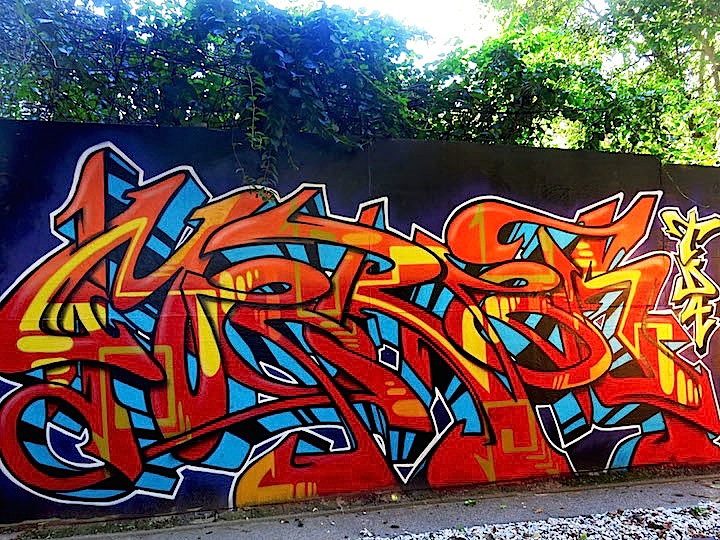Last month, Minneapolis-based artist Eric Rieger aka Hottea came to NYC with a message. Here’s what he has to say about his installation on the iconic, recently-purchased building on Bowery and Spring Street:
Can you tell us something about this specific site? What is its significance to you?
This building used to be the old Germania Bank and was built in 1898-99. Today it is no longer a bank, but a residence. For such a big building you would think that there is more than one tenant. Not the case. There is only one family living there, and that is the family of Jay Maisel. Unfortunately, this is not for much longer. He reportedly sold the property for 50 million dollars. That is quite the profit considering he bought it for around 100k. Over the years that Jay and his family lived there, they refused to clean its exterior walls. The outcome was a collage of graffiti, wheatepastes and stickers. This building is significant to me because it made me think of a different way of installing my work.
Why did you choose to install the word “UUGGHH?”
I wanted this piece to be about the recent purchase of the building and the decision to turn it into a condo development/private gallery space. I have seen gentrification taking place all over the world, and NYC is no stranger to it. There are so many iconic buildings that are lost due to the desire for “New.”
What about the process of the installation? How did you go about it? How long did it take?
The process was done in three parts. I did a lot of organizing in my hometown of Minneapolis, such as ordering lumber, reserving a moving truck, etc. The second part was gathering all the materials once in NYC and building the lettering. This proved to be much more complicated than I was expecting. Many of the supplies were hauled via the subway and once on site, there was little room to work. We used an abandoned lot, but got kicked out so we just worked in front of where I was staying. Not much room at all. The third and final part was hauling the letters on site and installing. The whole process from beginning to end took about two weeks.
What kinds of responses has your installation received?
A lot of people were curious when I was installing. They were curious as to what it meant and who it was for. I think a lot of people assume that if you are wearing a reflective vest and working during the day, that you must be doing something for a brand or for the city. This installation was done to remember what NYC once used to be. I was never able to experience it first-hand, but through images and video I was able to sense the energy and spirit behind the work being done. The reactions have been like mine. UUGGHH, not another building lost to gentrification.
And for a wonderful documentation of it all, check out this video.
All photos courtesy Hottea
{ 0 comments }
